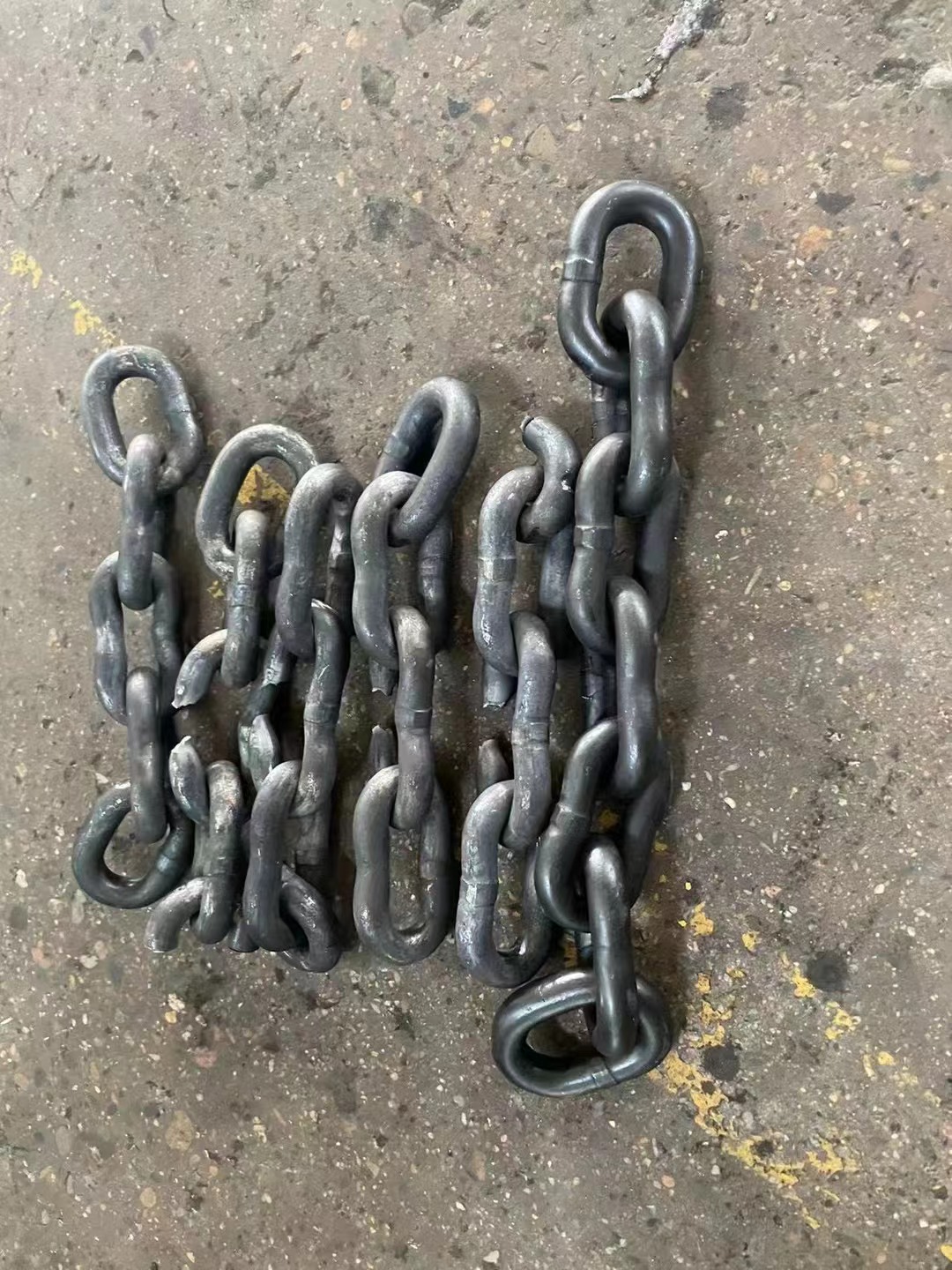Our staff will contact you within 12 hours, You can also contact us through the following ways:
Contact US WhatsApp: +86 18263873187
- Email: [email protected]
- Tel: +86 18263873187
- Web: www.lifting-chain.com
Selecting the right chain sling is critical for safe and efficient lifting. With multiple configurations, chain grades, and end-fitting options available, the choice depends on more than just Working Load Limit (WLL). You must also consider load shape, environment, lifting method, and sling angle.
This guide explains the key decision factors and provides a practical framework to help you choose the correct sling for your application — based on international lifting standards and TOPONE CHAIN® manufacturing expertise.
Different loads require different sling configurations.
Load Characteristic | Recommended Chain Sling |
Straight vertical lift | Single-leg chain sling |
Balanced 2-point lift | Two-leg chain sling |
Irregular/offset loads | Three-leg chain sling |
Very heavy or large loads requiring maximum stability | Four-leg chain sling |

The chain grade determines lifting capacity and safety margin.
Grade | Strength | Typical Use | Notes |
G80 | Standard lifting | General construction & manufacturing | Most commonly used |
G100 | Higher strength (~25% more than G80) | Heavy industry, offshore | Lighter weight & stronger |
G120 | Specialized heavy duty | Extreme conditions | Less common, premium grade |
If the lifting environment demands higher WLL with smaller chain diameter, G100 or G120 is the better choice.
Not all chain slings are suitable for all environments.
Environment | Recommended Material / Coating |
Marine / coastal | Galvanized or stainless chain |
High heat / foundry | Alloy steel (G80/G100) |
Chemical exposure | Stainless chain |
General construction | Standard G80/G100 |
The hook defines how the sling connects to the load.
Hook Type | Application |
Grab hook | Chain length adjustment |
Self-locking hook | Safety lifting / containers |
Foundry hook | High-temperature or wide loads |
Clevis / eye hook | General purpose rigging |
Even the strongest sling loses capacity when used at a wide angle.
A 60° sling angle has SIGNIFICANTLY lower WLL than a 30° angle.
Rule of thumb:
The greater the angle, the lower the safe working load.
This is why choosing the right configuration is not just about weight, but geometry.
A safe chain sling must meet global safety standards such as:
EN 818
ISO 3077 / ISO 7593
TÜV / CE certification
NACM standards (North America)
Full traceability (batch number or laser code) ensures quality and legal conformity.
Scenario:
Lifting a steel beam weighing 6 tonnes in a construction yard.
Correct chain sling:
Two-leg sling (because there are two lifting points)
G100 grade (for higher WLL margin)
Self-locking hooks (to prevent unintentional release)
30–45° sling angle (to maintain optimal load capacity)
TOPONE CHAIN® provides a complete range of certified chain sling solutions with:
G80 & G100 alloy steel chain slings
Single, double, three, and four-leg assemblies
Custom hook and master link combinations
Full test certificates and traceability
OEM/ODM service for distributors and rigging companies
We manufacture both the chain and the final sling assembly — ensuring perfect compatibility and consistent safety performance.
Choosing the right chain sling is not a one-step decision. It requires understanding:
Load characteristics
Chain grade and configuration
Environmental conditions
Angle factors
Certified safety markings
By applying these criteria, rigging teams can ensure safe, efficient, and compliant lifting.
For professionally engineered chain slings built with certified alloy lifting chains, TOPONE CHAIN® offers a globally trusted solution.